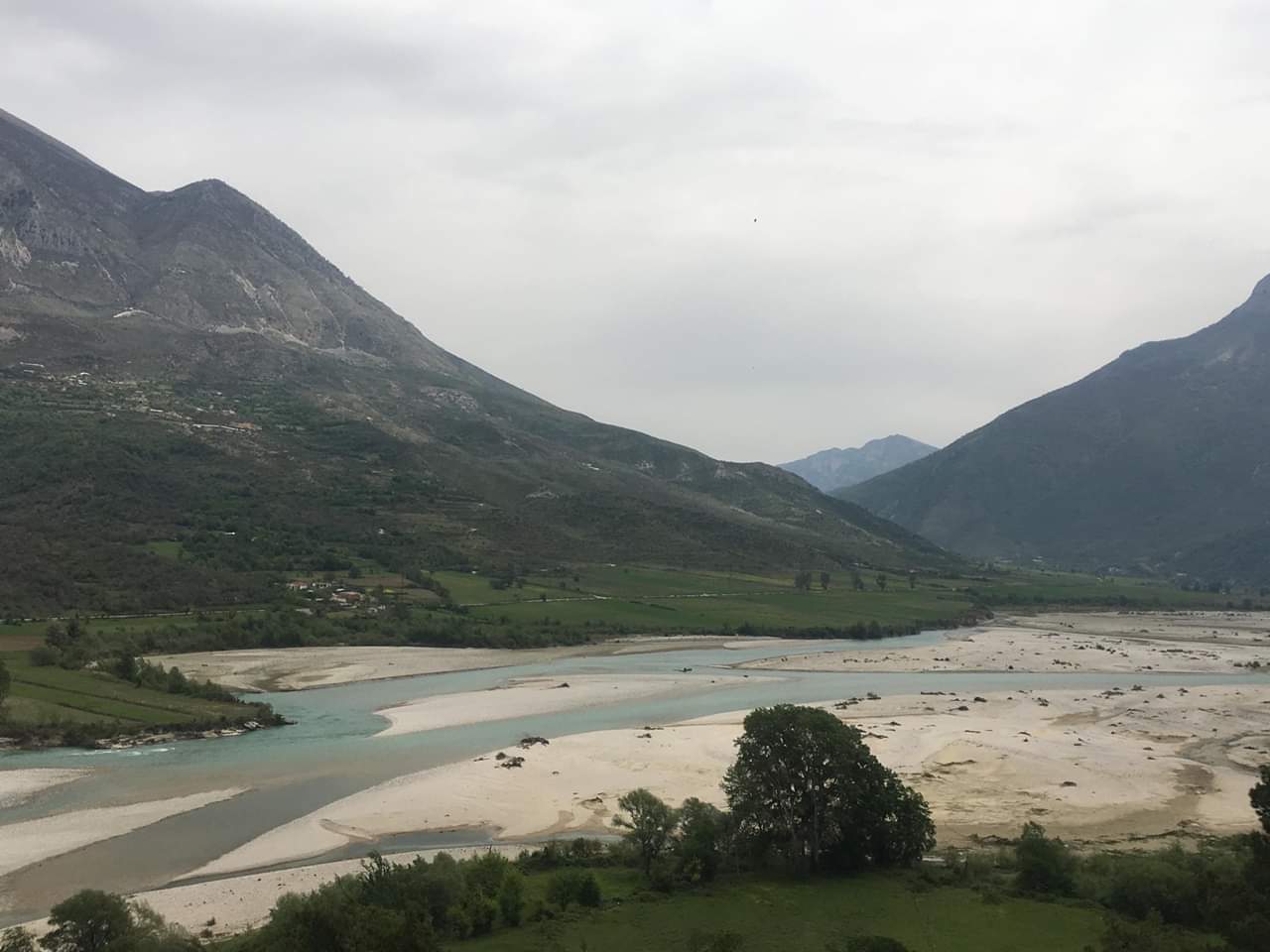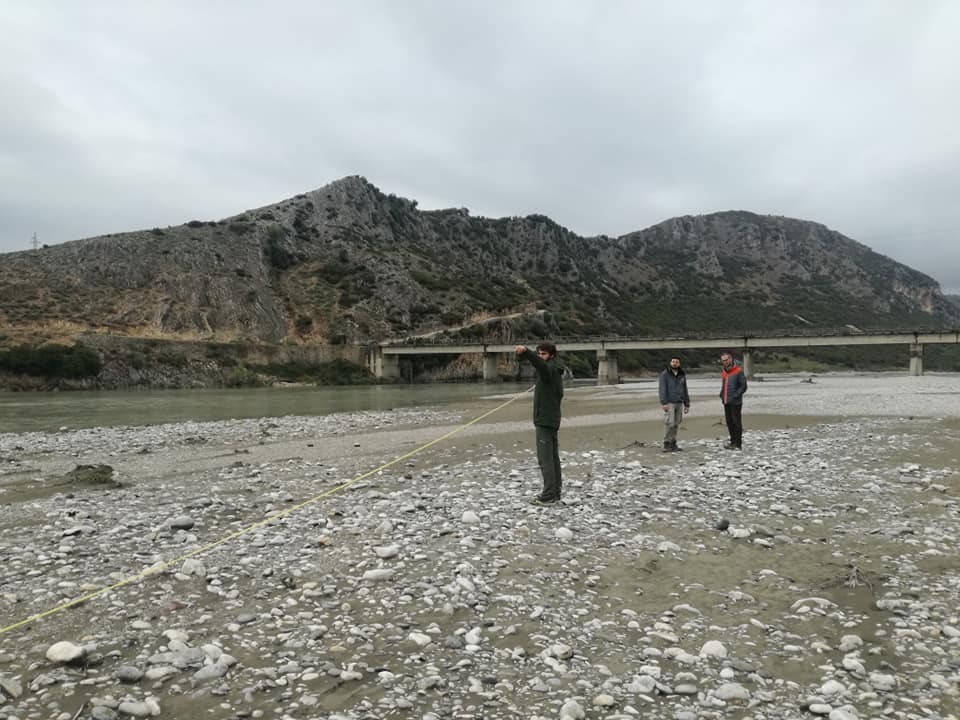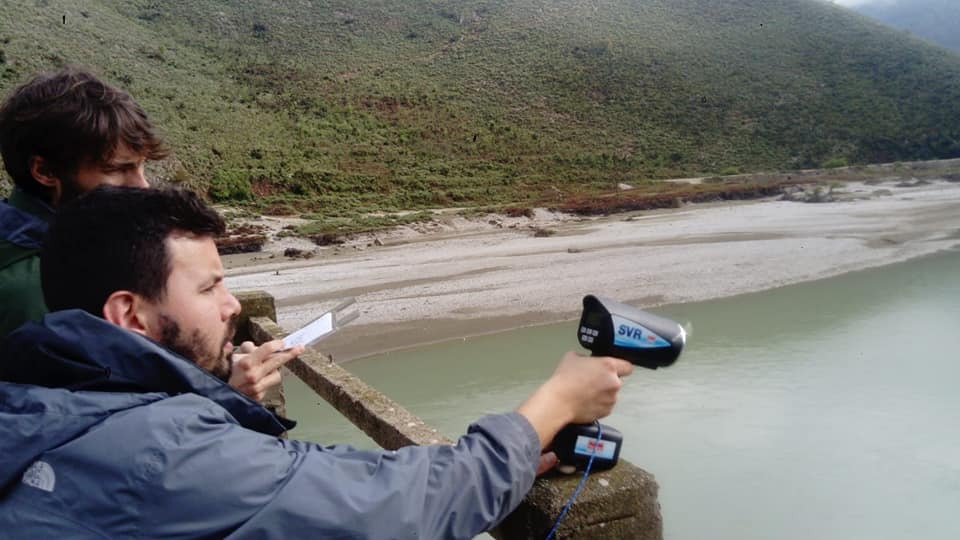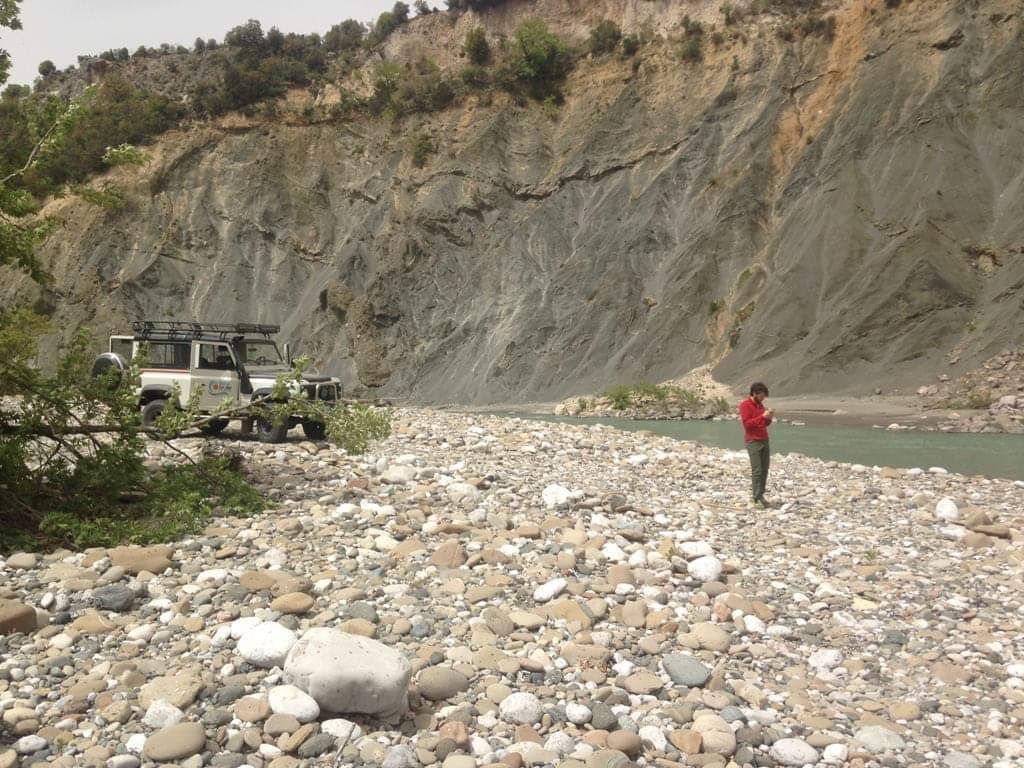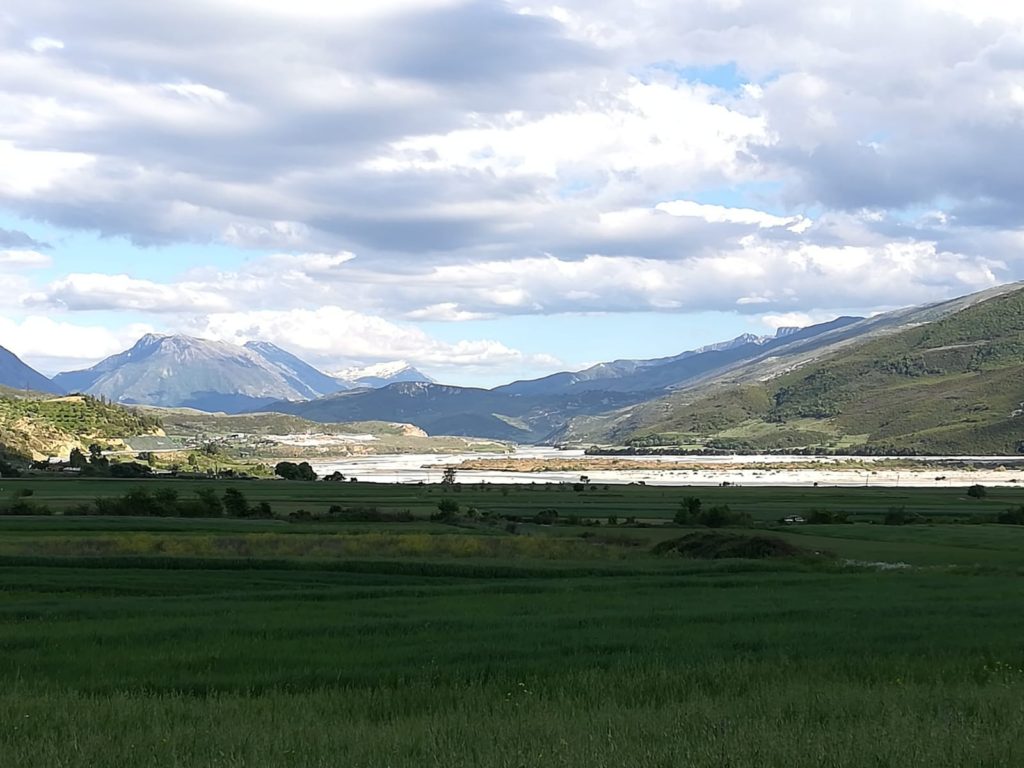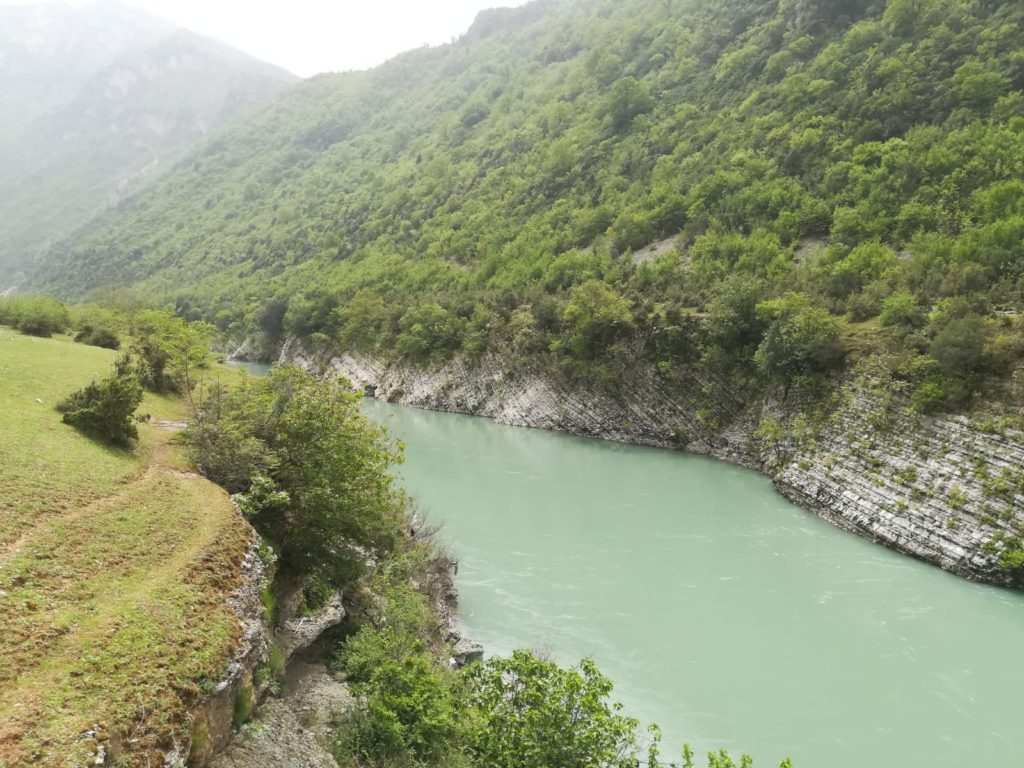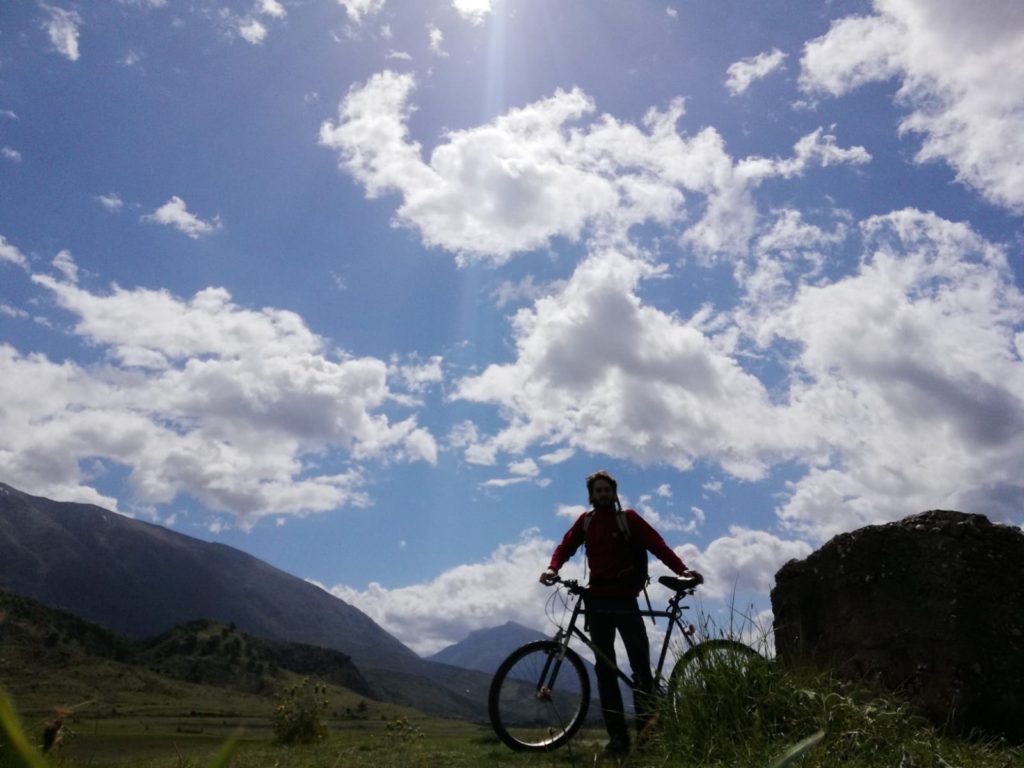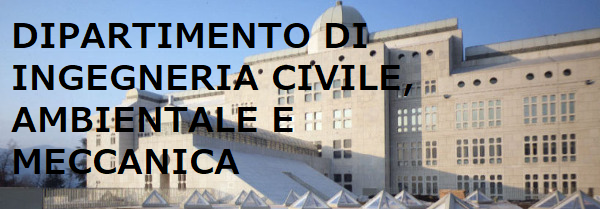Giacomo Laghetto is spending 3 months in Albania for his thesis research about the HyMo (Hydro-Morphological) characterization of the Vjosa river. At the beginning of his experience, he spent a month in in Tirana, the capital city of Albania, collecting data and information about the river system, then he moved to Permet, another city along the river, and now he’s currently in Vlora. There, Giacomo is supported by the Polytechnic of Tirana, CELIM Shqipëri, and Cesvi Albania.
Why does he choose this river for his thesis research?
The answer is very simple: Vjosa river is one of Europe’s last living wild rivers. Unconfined riverbed conditions are established for most of its floodplain, and so its tributaries. This unrivaled circumstance contributes to the flourish development of “beautiful canyons, braided river sections, islands, oxbows and meandering stretches“. A curiosity, the river is not named Vjosa for its entire course: its spring is in Greek territory, thus, for its first Greek 80 kilometres, is named Aoos. However, the research of Giacomo is focused on the Albanian branch of the river.
Which goals?
- the evaluation of the MQI (Morphological Quality Index) to frame the main river network;
- the experimentation of a new methodology for collecting flow data in Albania;
- the analysis of a downstream reach from Kalivac to Pocem, particularly interesting because of the construction of two HPPs (Hydro-Power Plant).
Which activities?
The first goal is being carried out through the IDRAIM procedure (ISPRA, 2014). In order to pursue the second objective, a field-activities campaign is conducted combining the use of SVR instrumentation on a cross section with a topographic survey in the same section. Concerning the third one, a Sentinel-2 satellite imageries analysis is conducted and, thanks to the extraction of some morphological parameters, the river morphological behavior at short temporal scale (trajectories of the river) is going to be found out.

